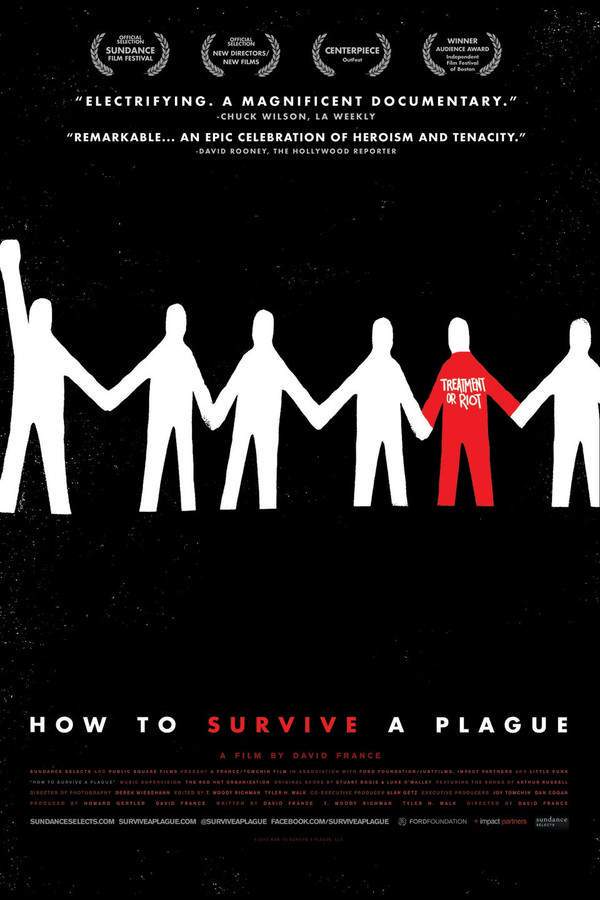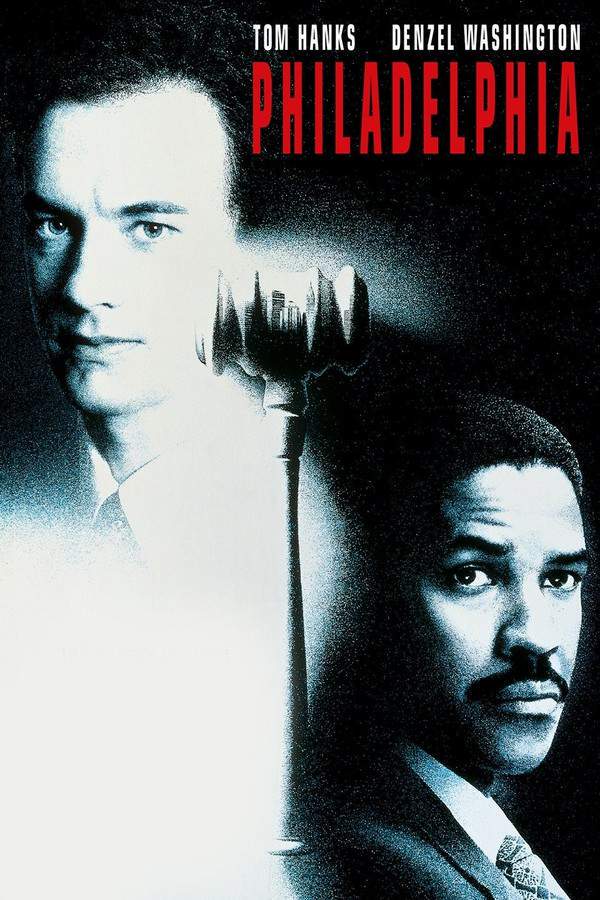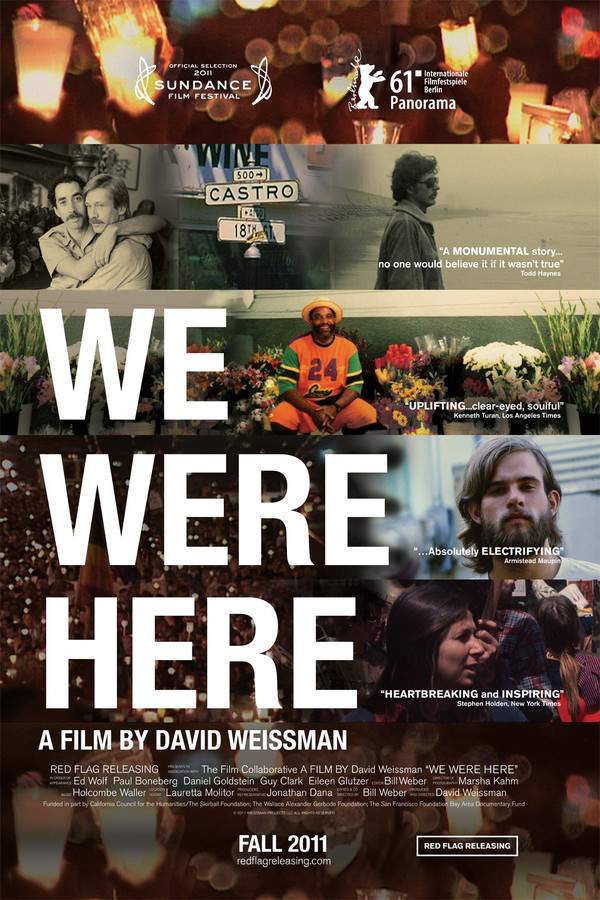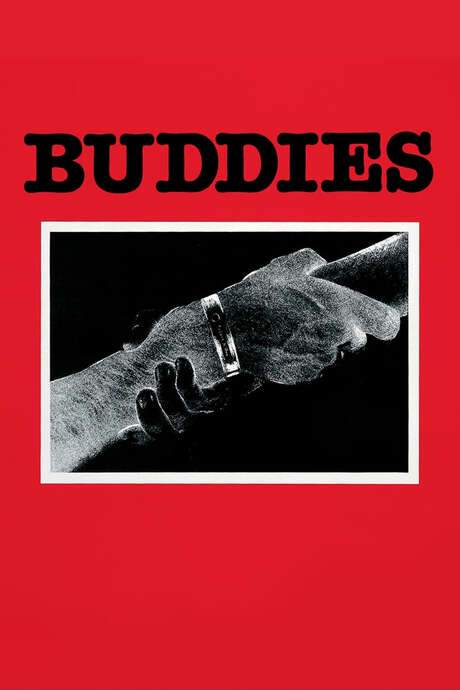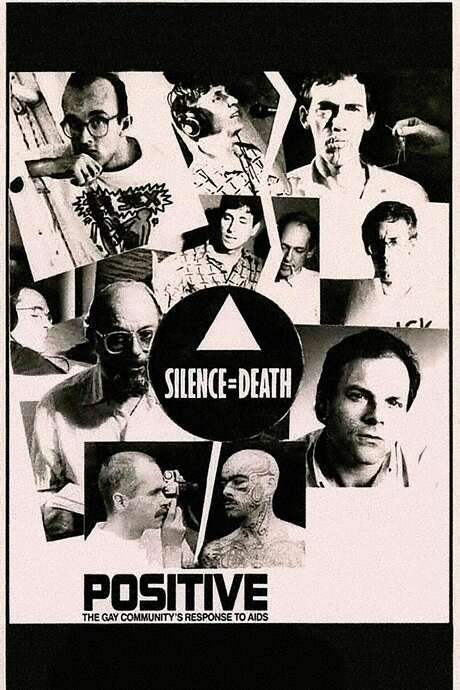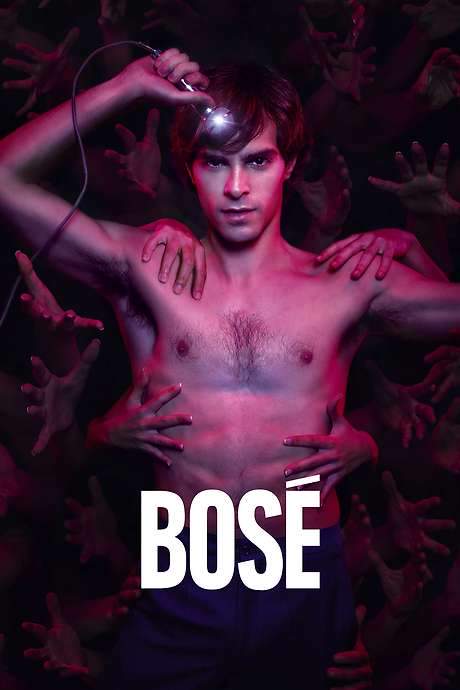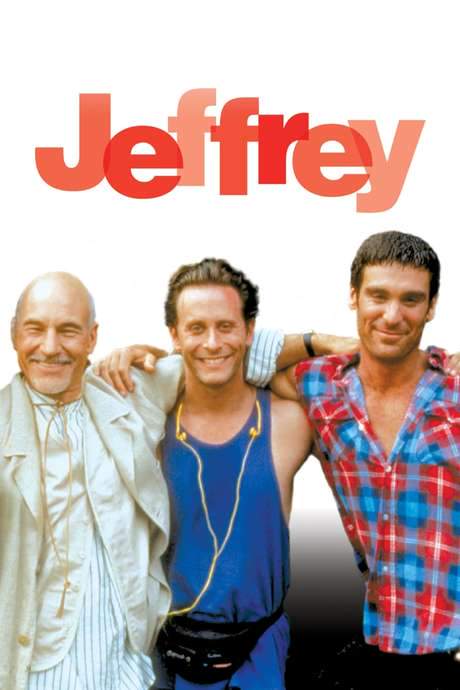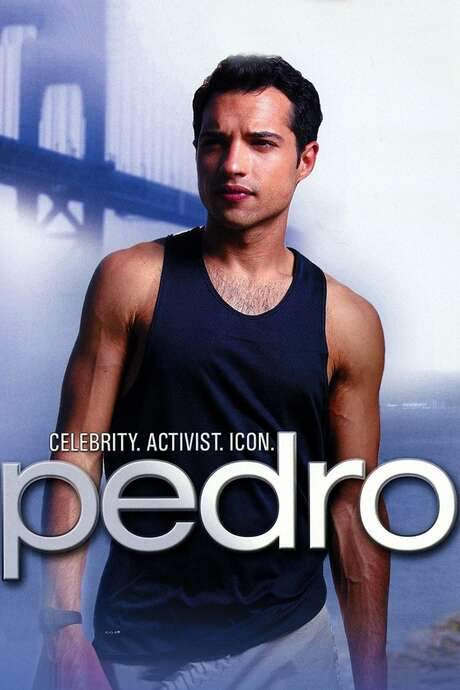
Pedro
Year: 2008
Runtime: 93 mins
Language: English
Director: Nick Oceano
An intimate biopic chronicling Pedro Zamora, an HIV‑positive Cuban‑American who joined MTV’s The Real World: San Francisco in 1994. His candid presence turned him into a national celebrity and a compassionate advocate, bringing the AIDS crisis into the homes of millions of Americans who had never encountered someone living with HIV.
Warning: spoilers below!
Haven’t seen Pedro yet? This summary contains major spoilers. Bookmark the page, watch the movie, and come back for the full breakdown. If you're ready, scroll on and relive the story!
Pedro (2008) – Full Plot Summary & Ending Explained
Read the complete plot breakdown of Pedro (2008), including all key story events, major twists, and the ending explained in detail. Discover what really happened—and what it all means.
The film opens with 22-year-old AIDS activist Alex Loynaz as Pedro Zamora in a New York City hotel room in 1994, getting ready for an appearance on CBS. His contact calls him to ask why he hasn’t arrived, but Zamora, disoriented, cannot recall who he is. Hotel security soon finds him unconscious on the floor, setting a somber, urgent tone that threads through the entire story.
In a searing flashback to Miami, 21-year-old Zamora arrives at a turning point in his life. After submitting an audition tape for MTV’s reality series The Real World: San Francisco, he is interviewed by producers. He makes a bold stand: he will not change his name to “Peter,” nor hide his HIV status. He declares that he would rather speak openly about the disease than shield himself from it, even if that honesty carries personal risk. He is cast, and as he moves into the house, he begins to meet his housemates and test the limits of what the show might reveal about love, prejudice, and the AIDS crisis.
As the housemates settle in, Judd Winick grapples with the knowledge that someone in the house has AIDS, a tension that saturates conversations and glances. Zamora’s decision to be open about his condition becomes a spark for both connection and conflict. Zamora introduces his status by sharing a scrapbook filled with educational pages and personal stories, making his life both a public statement and a private battle. Not everyone welcomes the truth with ease: housemate Rachel Campos is uncomfortable, and she finds herself cast in a villainous light as she processes her fears. Meanwhile, David “Puck” Rainey, a volatile presence in the house, fires off derogatory jokes about Zamora and homosexuality, testing the group’s patience and compassion.
Zamora forms meaningful bonds, spending time with Sean Sasser, DaJuan Johnson, and building friendships with Pam Ling Pam Ling and others. The dynamic among the housemates grows tense and intimate in equal measure as Zamora’s health declines, and the show captures the complexity of living with AIDS under intense public scrutiny. The pressure cooker of the Real World house reaches a turning point when Rainey’s behavior provokes a mass eviction, a moment that underscores the fragility of community in the face of fear and prejudice.
Despite the protests outside, Zamora continues his public speaking and advocacy, driven by a stubborn resolve to educate and inspire. The producers worry about his welfare, but Zamora insists on continuing filming, asking only for a promise that the cameras will stay rolling until the end. The narrative follows his enduring commitment to the public, even as his health deteriorates and time grows shorter.
A painful transition unfolds in 1994 when Zamora is unconscious and rushed to St. Vincent’s Hospital in New York. A family visit is planned, and Justina Machado appears as Mily Zamora, Zamora’s sister, who hopes for more time with her brother even as the hospital weighs difficult decisions. A staff person mentions removing an ankle bracelet, a symbolic tether Zamora refuses to surrender, underscoring the stubborn dignity with which he lives his final days.
In interviews, Mily Zamora speaks of her brother as a “miracle,” a word that frames Zamora’s life within a larger sense of purpose and struggle. A flashback reveals the harrowing story of Zamora’s childhood: a Santería rite, flowers placed on him, and an ankle chain tied to Earth, signaling the family’s deep-rooted beliefs and the forces that push them apart during the Mariel Boat Lift era. The family’s displacement, the loss of Zamora’s mother to cancer when he was just 13, and the sorrow surrounding his early life help illuminate his determination to become a physician and an AIDS educator.
Back in the hospital, Zamora’s sister and family confront the uncertainty of toxoplasmosis or PML as potential diagnoses. The medical tests intensify the emotional stakes, and Zamora’s friends and loved ones rally around him, seeking any path that might extend his life. Zamora’s relationship with Sean Sasser becomes an emblem of love under siege: the couple’s bond is deepened by shared hope and the fear of losing one another.
Young Zamora’s arc continues in flashbacks that reveal his early sexuality, his rejection of unsafe sex education, and his decision to dedicate his life to education after discovering his HIV status at 17. The film shows his evolution from denial—marked by shingles and a bleak sense of a doomed future—to a vocation as a compelling educator who travels to schools, speaks on radio, and uses every platform to demystify AIDS and advocate for compassion and understanding.
As Zamora’s story unfolds, Sean Sasser recounts how their bond began at a rally and evolved into a life together, a relationship that would culminate in a wedding ceremony depicted in the show’s footage. The narrative doesn’t shy away from the harsh realities of stigma, as Zamora’s agent and the realities of public life complicate his choices about visibility and treatment.
A turning point arrives when Zamora endures a brain biopsy, and Mily expresses renewed hope for his appearance on television. Zamora, however, makes a painful choice: he will not pursue further appearances and returns to a Miami hospital, where his loved ones are told that time is limited. Sasser urges every option, including a painful experimental treatment, while Zamora’s family grapples with the possibility that such an intervention could prolong suffering rather than preserve a life he is determined to honor.
The family’s struggle intensifies as they grapple with Sasser’s place in Zamora’s life. After a period of estrangement, they view a videotape of the couple’s Real World wedding ceremony, an emotional moment that prompts a reevaluation of loyalties and the power of love to bridge divides. President Bill Clinton calls Zamora to express gratitude for his work, and the family is finally allowed to come together across generations of Cuban heritage to reunite in Miami.
In his final days, Zamora’s reality becomes a quiet triumph of resilience over fear. The film ends with Zamora’s death on November 11, 1994, and the broadcast of actual footage from Pedro Zamora and Sean Sasser’s real-life commitment ceremony, accompanied by title cards that trace what happened to the others in Zamora’s circle. The closing scenes acknowledge the enduring impact of Zamora’s life and work, leaving viewers with a charged sense of the lasting legacy he forged in the face of hatred and misunderstanding.
Pedro Zamora’s story is presented with care and nuance, balancing intimate family history with public activism, and reminding audiences that even in the harshest circumstances, love, education, and courage can illuminate the path toward greater humanity.
Last Updated: October 09, 2025 at 10:47
Unlock the Full Story of Pedro
Don't stop at just watching — explore Pedro in full detail. From the complete plot summary and scene-by-scene timeline to character breakdowns, thematic analysis, and a deep dive into the ending — every page helps you truly understand what Pedro is all about. Plus, discover what's next after the movie.
Pedro Timeline
Track the full timeline of Pedro with every major event arranged chronologically. Perfect for decoding non-linear storytelling, flashbacks, or parallel narratives with a clear scene-by-scene breakdown.

Characters, Settings & Themes in Pedro
Discover the characters, locations, and core themes that shape Pedro. Get insights into symbolic elements, setting significance, and deeper narrative meaning — ideal for thematic analysis and movie breakdowns.

Similar Movies to Pedro
Discover movies like Pedro that share similar genres, themes, and storytelling elements. Whether you’re drawn to the atmosphere, character arcs, or plot structure, these curated recommendations will help you explore more films you’ll love.
Explore More About Movie Pedro
Pedro (2008) Scene-by-Scene Movie Timeline
Pedro (2008) Movie Characters, Themes & Settings
Pedro (2008) Spoiler-Free Summary & Key Flow
Movies Like Pedro – Similar Titles You’ll Enjoy
How to Survive a Plague (2012) Detailed Story Recap
Philadelphia (1993) Story Summary & Characters
We Were Here (2011) Movie Recap & Themes
Buddy (2015) Movie Recap & Themes
Buddies (1985) Detailed Story Recap
Absolutely Positive (1991) Detailed Story Recap
Estou com AIDS (1986) Full Summary & Key Details
Positive (1990) Spoiler-Packed Plot Recap
As Is (1986) Detailed Story Recap
God Has AIDS (2021) Spoiler-Packed Plot Recap
Bosé (1000) Complete Plot Breakdown
Jeffrey (1995) Full Movie Breakdown
The Broadcast Tapes of Dr. Peter (1993) Spoiler-Packed Plot Recap
Sex Positive (2009) Detailed Story Recap
And the Band Played On (1993) Complete Plot Breakdown



